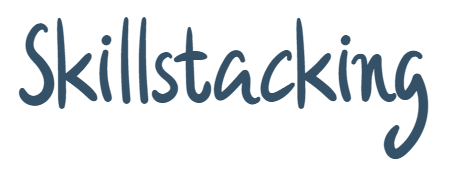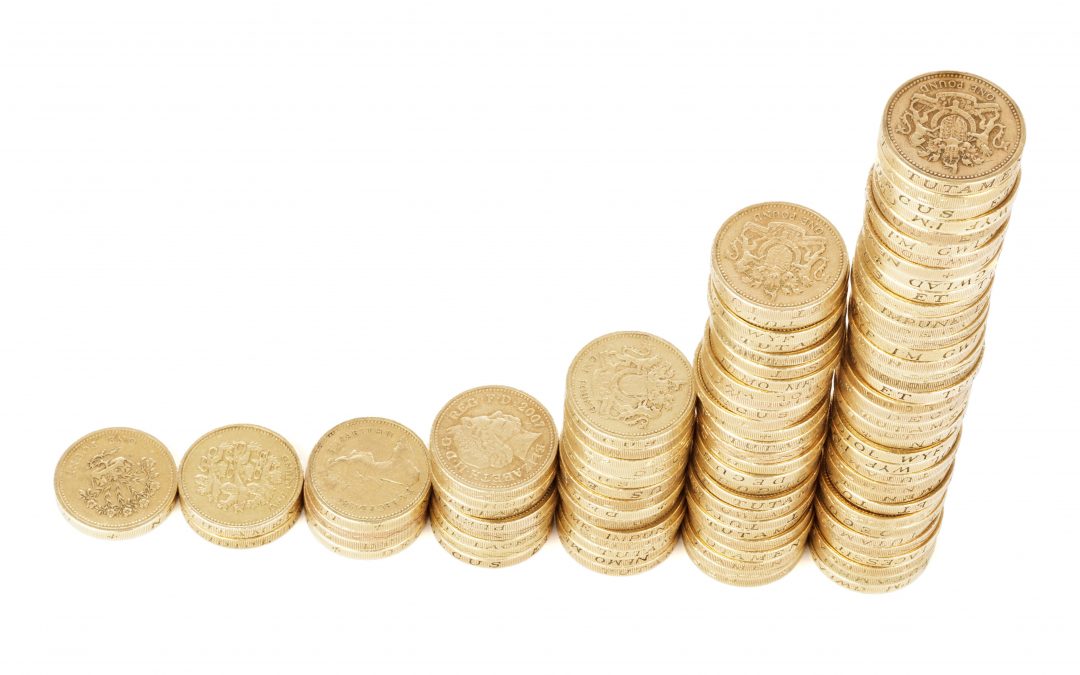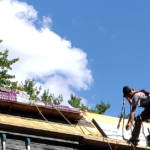The world of Commercial Real Estate Investing can take you breath away with massive swings in property values. Discover how to turn $1 into $15 by adding value to a property.
Read on for a Very Quick Primer on the relationship between CAP Rates, Net Operating Income, and how it results in an increase in your property values. Let’s start with how the three ways you make money when investing in real estate:
- Mortgage Pay Down. This is the principal that is paid on your mortgage.
- Cash Flow. The amount of actual cash left after paying all expenses and taxes.
- Appreciation. The amount the property increases in value.
This Primer focuses on Appreciation.
In the residential world, people talk about buying a house of $400,000 and now its worth $600,000. That is appreciation. Appreciation happens because of a variety of reasons, including jobs, desirability, immigration, location, gentrification, etc. Buying single family homes strategically can result in a lot of appreciation.
In Commercial Real Estate (including residential multifamily buildings), many of the same factors come into play, but the price of a property is very sensitive to changes in the Net Operating Income (NOI). Quick definitions to geek out:
Net Operating Income = Revenue – Operating Expenses
Really simply put: NOI is the amount of money left to pay the mortgage and taxes. (In other industries, it is called Earnings before Interest and Taxes EBIT).
CAP Rate = Net Operating Income / Current Market Value
Really simply put: the return on investment when you buy the property with no mortgage. For example, if you bought a property for $1,000,000 and made a return of 50,000$ your CAP rate would be 5%.
| Net Operating Income | 100,000 |
| Market CAP Rate | 6.67% |
| Market Value | $1,500,000 |
Cap Rates are used to Value a Property. If you are looking to purchase a property with a Starbucks, and there was a previous sale of a Starbucks Property one block away that sold 6 months ago, you would find out the CAP Rate of the previous sale, and could argue that this is market value.
| Starbucks 1 | Starbucks 2 | |
| Square Feet | 1,000 | 1,000 |
| Net Operating Income | $110,000 | $120,000 |
| Market CAP Rate | 6.67% | 6.67% |
| Market Value | $1,650,000 | $1,800,000 |
So, even if two properties are identical in every way except Net Operating Income, the value can change dramatically:
- If you can increase the rent by $833 / month, the property value goes up by $150,000!
- If you can reduce your expense by $833 / month, the property value goes up by $150,000!
That is the power of commercial real estate investing. That is what “real estate people” mean when they say they are “adding value”. When looking at commercial properties, there can be hidden values everywhere. If you are able to purchase a property at a fair price for today’s Market CAP Rates, there can be some nice gifts you give yourself in the years to come:
- Scheduled Rent Increase. These can be found in the leases you are assuming..
- Raising rents to Market Value. Rents are too low, and the lease is to be renegotiated in a few months.
- Lowered Expenses. Energy efficiency, property management, contesting municipal tax, contract renegotiation, etc. (does not apply to tenant-paid expenses)
- Altering Usage. Change a warehouse into condos.
- Renovate. Renovations can result in an increase in value that is greater than the cost of the renovations! (I love this, especially when the bank lends me the money to do it).
Many people like to buy a home in move-in condition with with “nothing to do”. When you buy a commercial property that is fully renovated and all of the leases are really strong and long term, it will be difficult to to increase income or decrease expenses significantly. In this case, you will get average returns for the market. In a growing market, this may be enough to get a great return. Maybe just owning the property is all of the excitement you can handle, and that is OK. It is just important to remember that there is a lot of money to be made on adding value.
Commercial Real Estate Talking Points:
- Every $1 added to NOI results in $15 on the value of the property.
- The difference between the Market CAP Rate and the Selling CAP Rate can tell you if the property is “expensive”.
- Extract value with increased revenues or lowered expenses.
- Properties with little work to do can only count on market appreciation.
- Cash in Your Pocket: When you refinance, you can borrow more from your lender based on the increased NOI.
- Higher CAP Rates mean a higher Return on Investment, mean Higher Risk.
- Market CAP Rates change from year to year, just like house prices.
Caveats:
The content above is meant to just cover the effect of CAP Rates on prices. However, Commercial Properties are not just valued using CAP Rates. It is a lot more complicated than that. There is the Cost Approach, the Direct Comparison Approach, and the Income Approach. Typically, when going to a lender, the answer lies somewhere between these three approaches. When negotiating a selling price, a buyer and seller may include these arguments based on valuation approaches, future outlooks, risk, and even emotional issues. This would be for another day.
This is just scratching the surface of Commercial Real Estate, and it is possible to dive deeply on other topics, such as “Increasing Value in a Commercial Property”, “Decreasing Expenses”.
If you like this article, or want to know more, send me a question or comment! Also, feel free to share on Social Media.







Trackbacks/Pingbacks